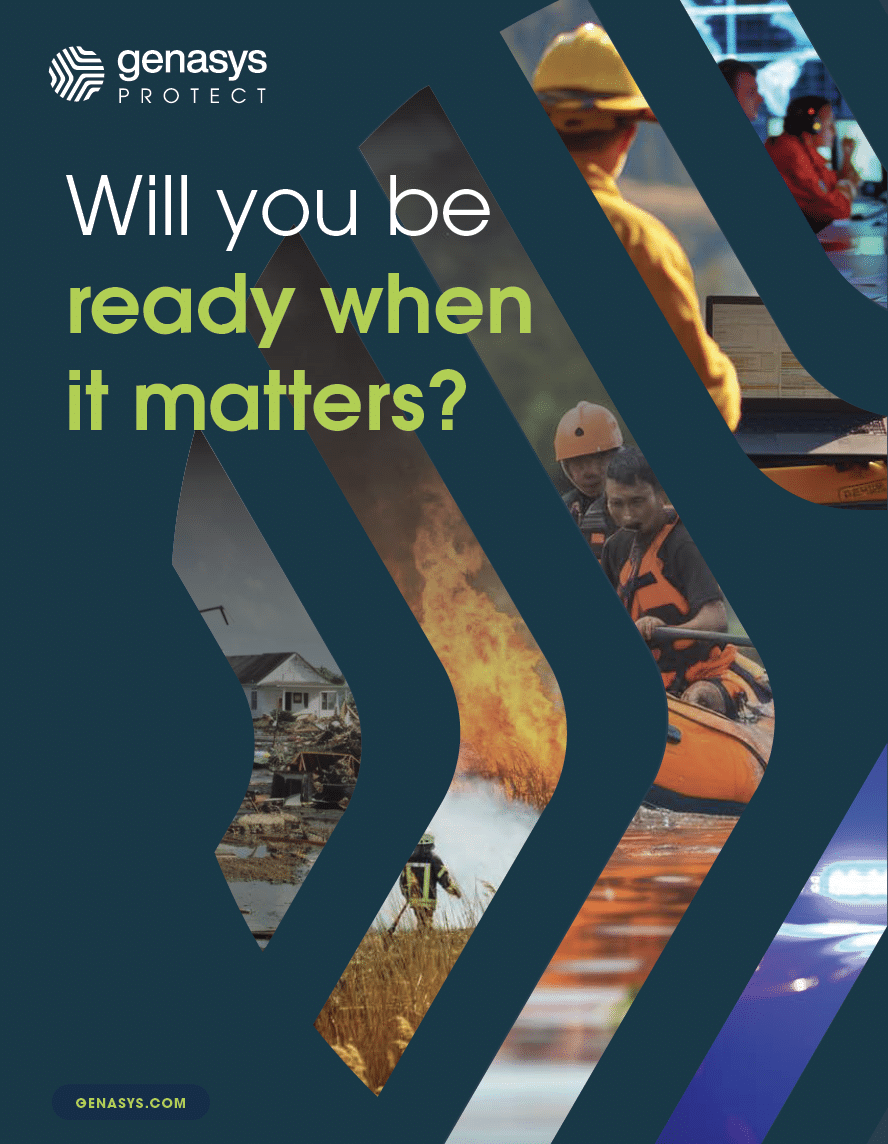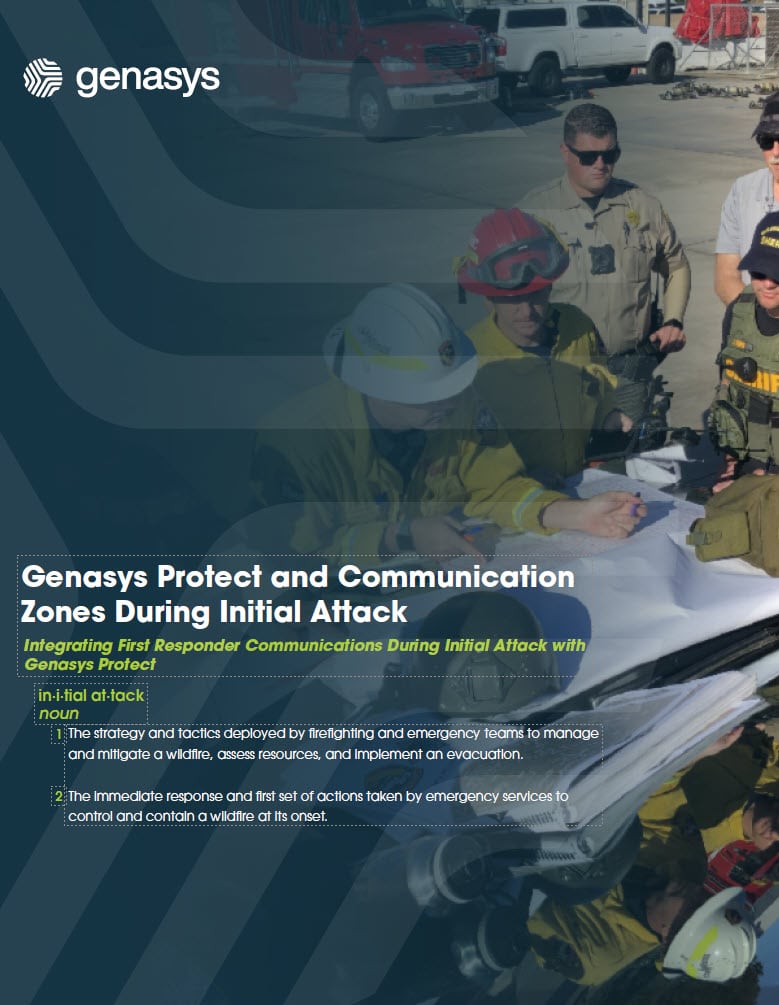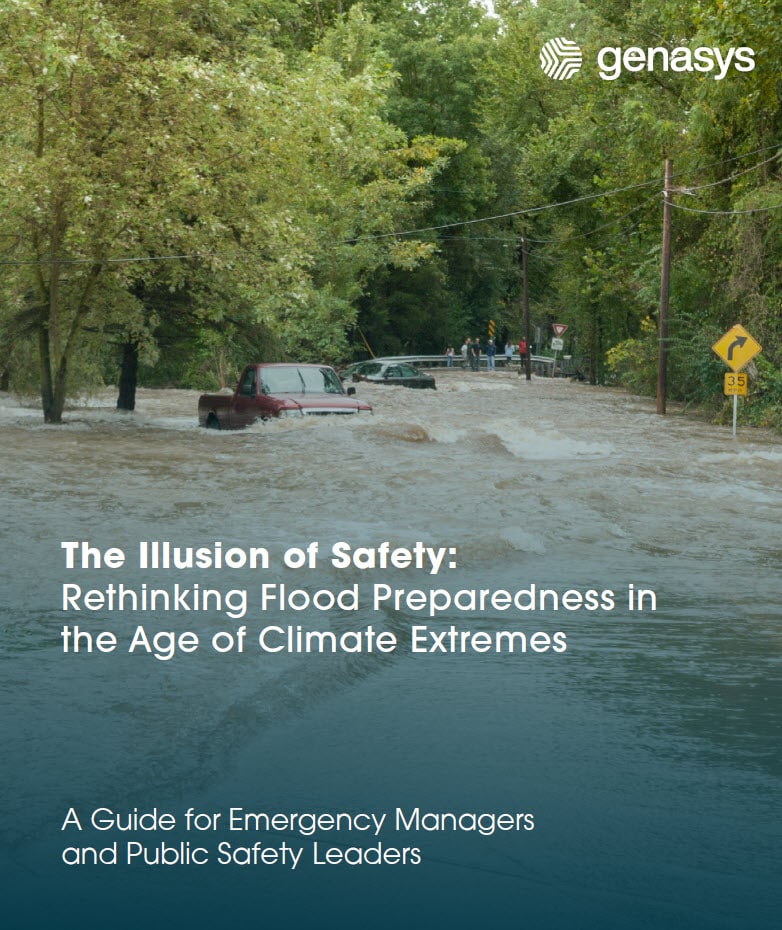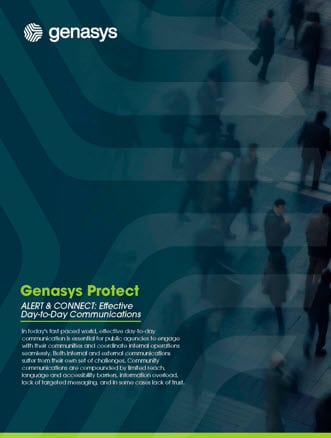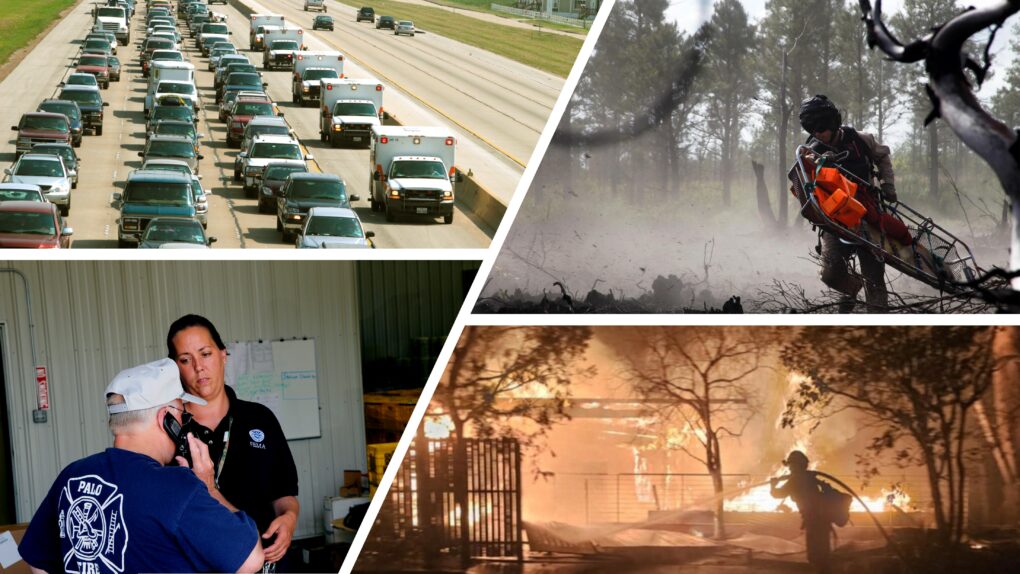For over 50 years, disaster risk models have significantly advanced human intelligence in public safety. Since the introduction of the Sanders Barotropic Tropical Cyclone Track Prediction Model (SANBAR) in 1970, predictive modeling has played a crucial role in reducing disaster risks by forecasting extreme events, developing hazard maps, detecting incidents in real-time, and aiding decision-making.
As with many tech-forward tools, predictive modeling has evolved greatly over the last half-century. Once largely the domain of federal agencies, today’s advances allow emergency managers across various sectors to utilize the latest innovations, ushering in a new era for disaster preparedness and response.
Disaster Preparedness Continues to Evolve with Predictive Modeling
Predictive modeling has traditionally been managed by federal agencies like the National Oceanic and Atmospheric Administration (NOAA), its Office of Oceanic and Atmospheric Research (OAR), and the National Hurricane Center (NHC).
Supported by substantial federal funding, these organizations have led efforts in using technology to forecast natural disasters and extreme weather events, drawing on vital data from various sources such as satellite imagery, drone-based remote sensing, and observational Earth data from meteorological, hydrometeorological, and seismic stations.
Historically, the costs of predictive technologies have put them out of reach for most state and local agencies, as well as many commercial enterprises. However, the landscape is evolving. The widespread availability of affordable cloud computing has driven the growth of artificial intelligence (AI) and machine learning (ML), with mainstream products like ChatGPT bringing AI and ML to broader public awareness.
In disaster preparedness and response, ML-based predictive modeling is providing emergency managers with new tools to adopt a more proactive approach to critical event management. This development is significant for those responsible for protecting people and assets, as it enables faster, more informed decision-making to ensure safety.
Enabling Better Organizational Preparedness and Response with Predictive Modeling
When the following three foundational components are in place, recent predictive modeling capabilities can improve the efficacy of disaster response and preparedness:
1. Predictive Simulations Must Sit on the Right Data Foundation
These models require data aggregation from reliable sources, such as NOAA for weather and hurricane information, FEMA’s Integrated Public Alert & Warning System (IPAWS) for verified emergency and life-saving alerts, and spatial and geographic data from Esri GIS, often supplemented by proprietary sources.
For state and local government agencies, this involves incorporating their own well-tested community intelligence and local resources data, including information on shelters, first responders, and emergency centers. For enterprises, it means integrating facility-related data, such as fire protection systems, IoT sensors for infrastructure monitoring, and personnel data from HR systems, supplier records, or facility access systems.
In every instance, organizations need to gather an optimal mix of public and proprietary data sources to test and refine their disaster readiness and response strategies. Moreover, continuous, real-time data feeds are essential to ensure that up-to-date, actionable intelligence is available, supporting coordination among emergency and safety teams across agencies during critical events.
2. Predictive Models Must Enable Advanced Field-Tested Simulations
With access to accurate data, predictive models empower emergency teams to run tailored “what-if” scenarios based on the specific risks and potential impacts relevant to each community or organization. By simulating the possible progression of critical events, these scenario models help inform the efficient and strategic deployment of response resources, such as setting up traffic control points, establishing shelters, or determining evacuation routes.
3. Advanced Predictive Simulation Models Must Adapt to Actual Critical Events and Disasters as They Unfold
During natural disasters or emergencies, conditions on the ground can shift rapidly, varying significantly across short distances and time frames. Advanced simulation models respond to these changing conditions by utilizing real-time data and updates tailored to the unique requirements of each area or population center.
For instance, communities near national forests must prepare for wildfire risks, while towns along rivers focus on flood preparedness. Some locations face multiple disaster risks, requiring models that account for a variety of possible hazards. Enterprises with extensive campuses, manufacturing facilities, pipelines, or other critical assets also use these models to assess the potential impact of events on their infrastructure and on-site personnel.
Fostering Better Emergency Response Through Enhanced Collaboration
With the intensity and frequency of natural disasters and critical events on the rise, advanced simulation models not only enhance preparedness but also facilitate coordinated collaboration among communities, agencies, neighboring jurisdictions, and public-private partnerships.
By providing a common operating picture grounded in reliable data and validated plans, government agencies and enterprises can collaborate smoothly and share critical information before, during, and after major events. When emergency operations centers, fire departments, search and rescue teams, and law enforcement access the same data through a single interface, they can work together more effectively to move people out of harm’s way quickly and efficiently.
Cementing Emergency Response Managers as the Heroes
With the availability of advanced predictive simulations and technologies to organizations of all sizes, emergency response managers can significantly “shift left” in their preparation for critical events and their responses when those events arise. This transformation has been driven by artificial intelligence (AI) and machine learning (ML), with widespread cloud access making these technologies affordable.
When emergency managers can foresee the potential effects of crises, adjust their response plans accordingly, and foster improved collaboration before, during, and after a crisis, everyone reaps the benefits. Communities are kept safer, facilities and assets are safeguarded, and emergency response managers are recognized as heroes for their readiness when it counts.
Contact Genasys to learn more about our emergency response tools and to schedule a demo.



